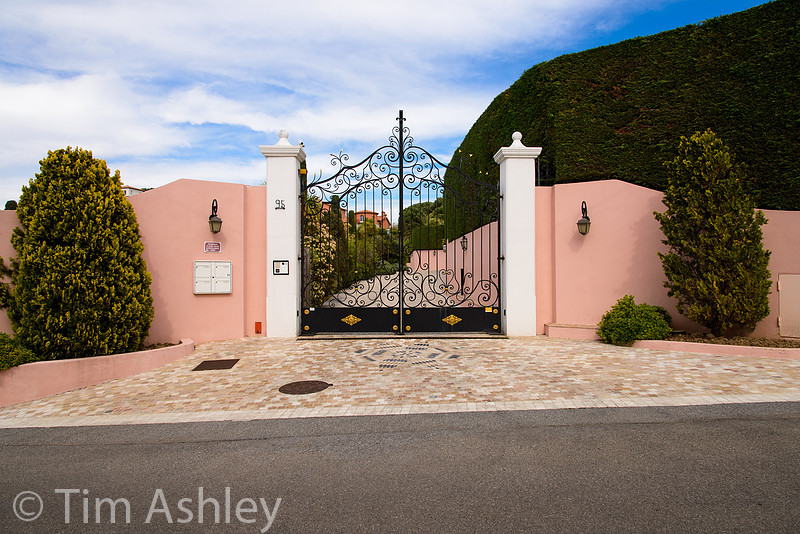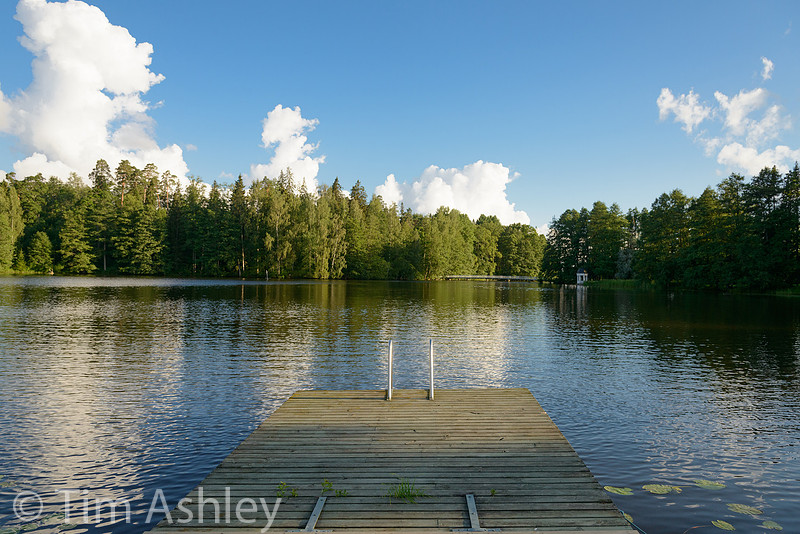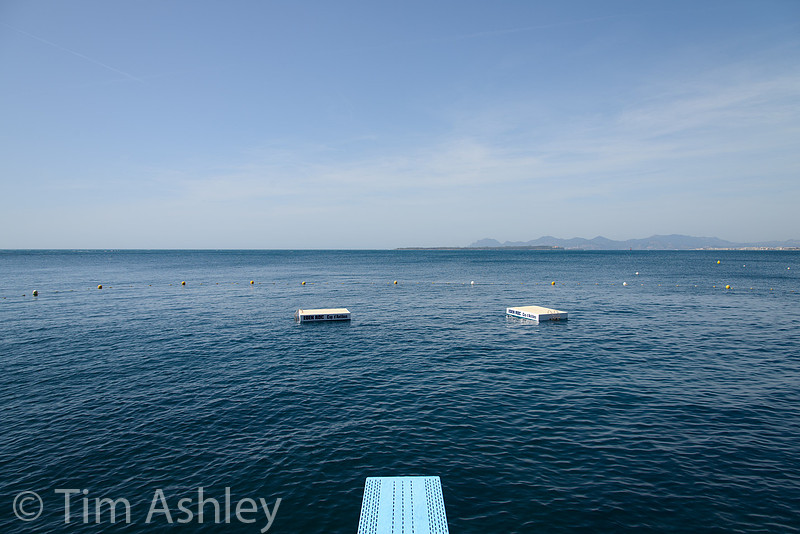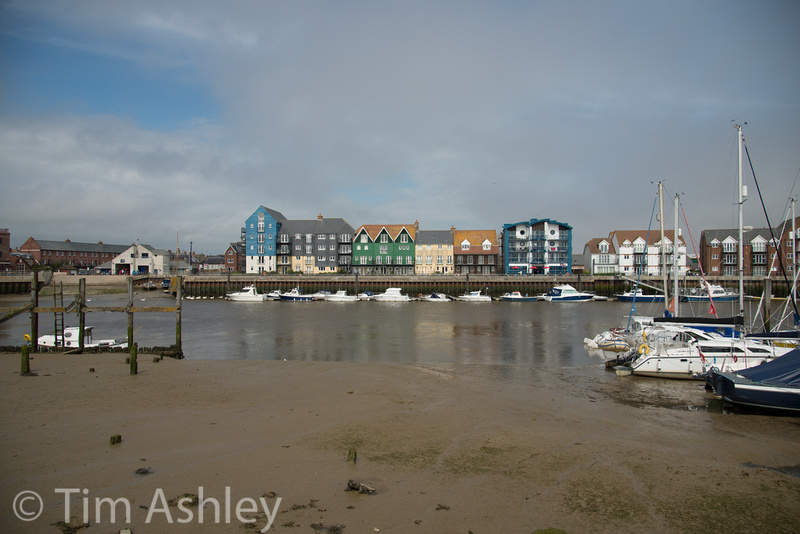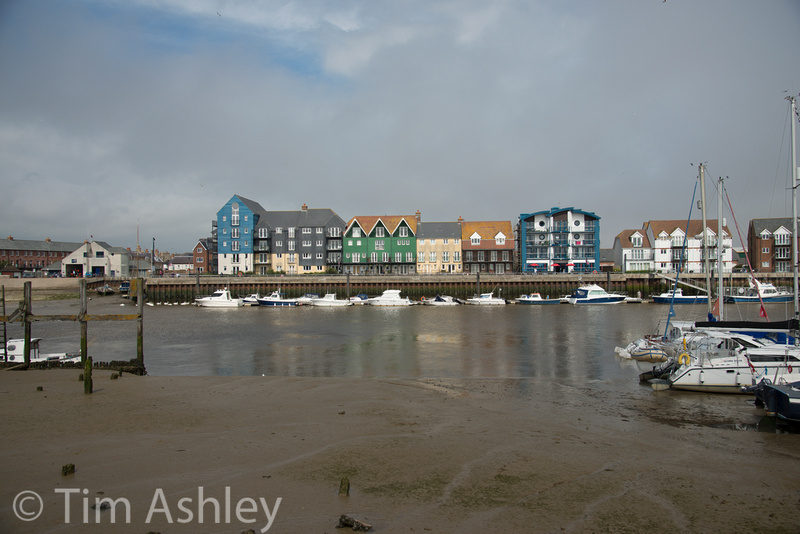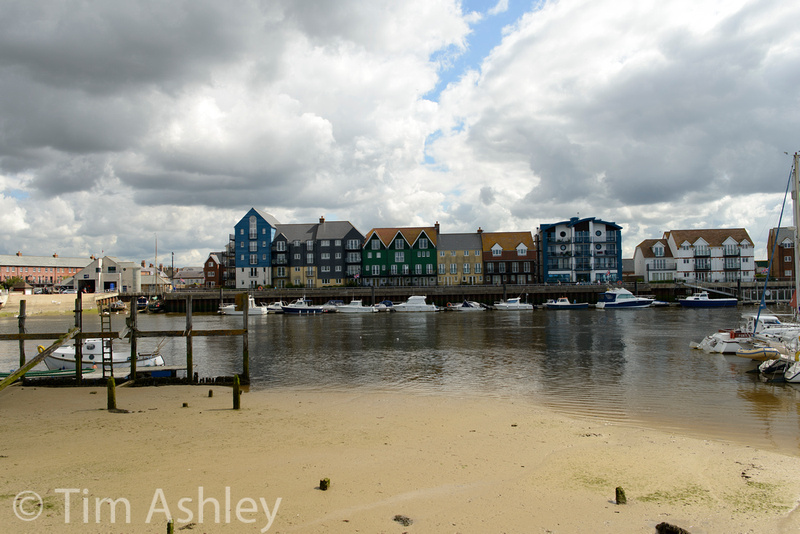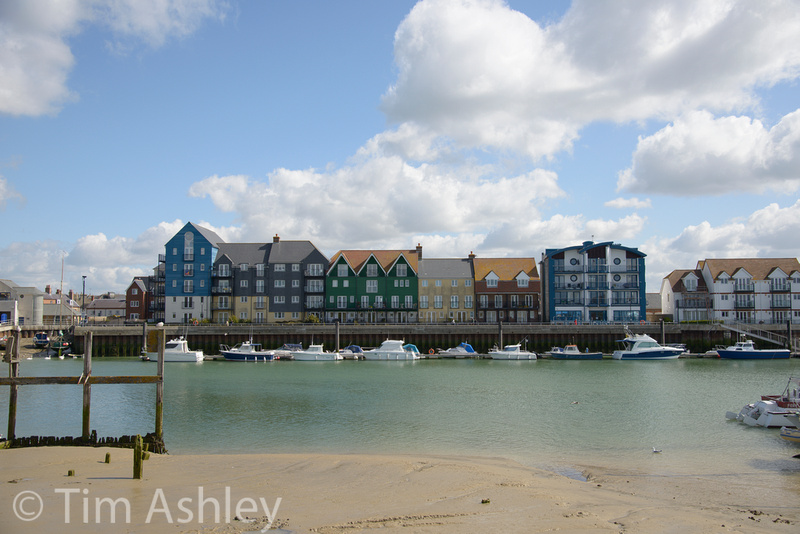24-120 F4G VR on D800: Wide Angle RangePreviously in the introduction to this lens I mentioned that it is at its best in terms of overall performance at the wider end of its range, with both a very sharp centre performance and pretty good edges too as long as you stick to F5.6 and F8 (pretty good wide open too in fact). As it is, because I regard this as a bright day lens, and because when shooting at the wide end I prefer to stop down for best DOF and risk losing a touch to diffraction, mostly I use it at F8. 24mm @ F8
24mm @ f8
24mm@f8
I also added in the introduction that it has CA throughout its zoom and aperture ranges and that it has vignetting throughout its range but that at the wider end this does not diminish fully on stopping down. Nothing more to add here. Both of these are correctable in post and both go with the territory of multi-purpose (or "Swiss Army Knife") wide and mid-range zooms. I personally often like a bit of vignetting and the benefit of the D800s high DR is that when you want to correct vignetting, the extremely tolerant shadows can take a lot of pushing in post (especially when shot at lower ISOs). So there is little cost to correcting this when required. CA is a fact of life on so many lenses that my acid test is, firstly, "is it easy to correct in post?" and secondly "does correcting it compromise the file quality significantly?" IMHO this lens passes both tests. No need to post examples because I have never had an issue with it. Testing is rather dull and can get obsessive so I will keep it short: in this review, at all focal lengths, I will use the most appropriate reference lens I have in my bag as a comparison for the performance of this zoom. at 24mm I only have the PC-E 24mm and that has too many 'issues' of its own to use as reference, so I will just post from the zoom at 24mm: The scene, as shot on a D800E using LV, LVAF (but checked at 100% on screen), 3 Second Delay, Gitzo 3 series CF tripod and Arca Cube. That should be good enough for most people - it's certainly good enough for me! This is the test scene: and rather than post crops that you might not think are representative, click on the image itself to get a 100% sized file at 91% JPEG quality in Adobe RGB. It was processed in LR4 with sharpening at 90/0.7/70/20 and with lens corrections ON but no corrections for vignetting or for CA or fringing. Import Profile was Adobe Standard. I advise that you try to look at it on screen at a resolution equivalent to around a 200 DPI print. On most existing monitors that means 50% zoom but on a Retina Macbook display it is 100% though you may want to avoid that for now, unless in Aperture or iPhoto, since other photo applications are not yet Retina optimised. 24-120 zoom at 24mm f5.6 What I see is that this lens, here at f5.6, has no observable curved field of focus effects and that it is very acceptably sharp from edge to edge and very good on centre. I happen to know that corner performance is totally acceptable too. That's all I need to know about it. Moving on to 28mm, where I can show the results against one of my favourite lenses, the 28mm F1.8G Again click on the files to get full-sized JPEGS. 24-120 zoom at 28mm f5.6 28mm F1.8G @f5.6
What I see here is that the zoom image is again sharp everywhere I need it to be and compares very favourably with the prime, especially when both are viewed at 50% so as to emulate a large print. This is a very good result and I would happily use it for a gallery print with a bit of work. (Please note that the 28mm F1.8g shot is from the series I shot for an upcoming piece on that lens and is from a slightly different angle but you can use it just as well to judge edge and centre sharpness. I will post the 28mm F1.8 G shot that I did take as part of this series in the piece I publish about it later. It shows field curvature absent from this shot and that's a whole 'nother topic I'd rather get into when I am writing purely about that lens. I wanted to show it here at about its best edge sharpness so as to set the bar for the zoom.) So the 24-120 zoom at 28mm does what it says 'on the tin'. No messing about. It takes a sharp photo of everything in the frame at the distance you focussed on. Trustworthy. We like that. I don't have a reference lens at 35mm. It's not a focal length I use a huge amount so I didn't shot a frame in this series, but I did parse my LR library and found a frame shot of the same scene but on a D800 and on a different day, handheld, using VR and viewfinder centre point AF. It is fine throughout, though possibly very slightly soft at the edges at 100% on screen, though at 50%, equivalent to a roughly 35" print, it looks good. Here it is for reference: So there we have it. For me at least, (and there are a lot of other frames I have shot to reach this conclusion) I would not hesitate to use this lens at any focal length between 24 and 35mm for even serious work. Very, very useful.
Coming up: mid-range to short portrait, 50-85mm
Comments
Drazen B.(non-registered)
Thanks for the great review and thoughts about this underrated gem, Tim.
It is a great lens indeed. I bought mine 6 months ago and still love it to bits. After all the lukewarm reviews bordering on 'bad' I was expecting it to perform...well as mediocre at best But it really surprised me with its performance especially center-sharpness and ability to shoot handheld much more confidently now then I was before. This lens has also resurfaced few weeks ago as part of one of the two D800 kits sold currently in Japan - original 'D800 with 28-300 f/3.5-5.6 VRII' and now new little more expensive cpmbo 'D800 with 24-120 f/4 VRII'. Nikon obviously 'feels' what lens should go with the extremely demanding D800 and I'm not surprised they pick the 24-120 VRII as a 'pro-kit' lens of choice. This lens definitelly has what it takes to cope with increased demand for resolution, D800 comes with. Thanks once again.
No comments posted.
Loading...
|

